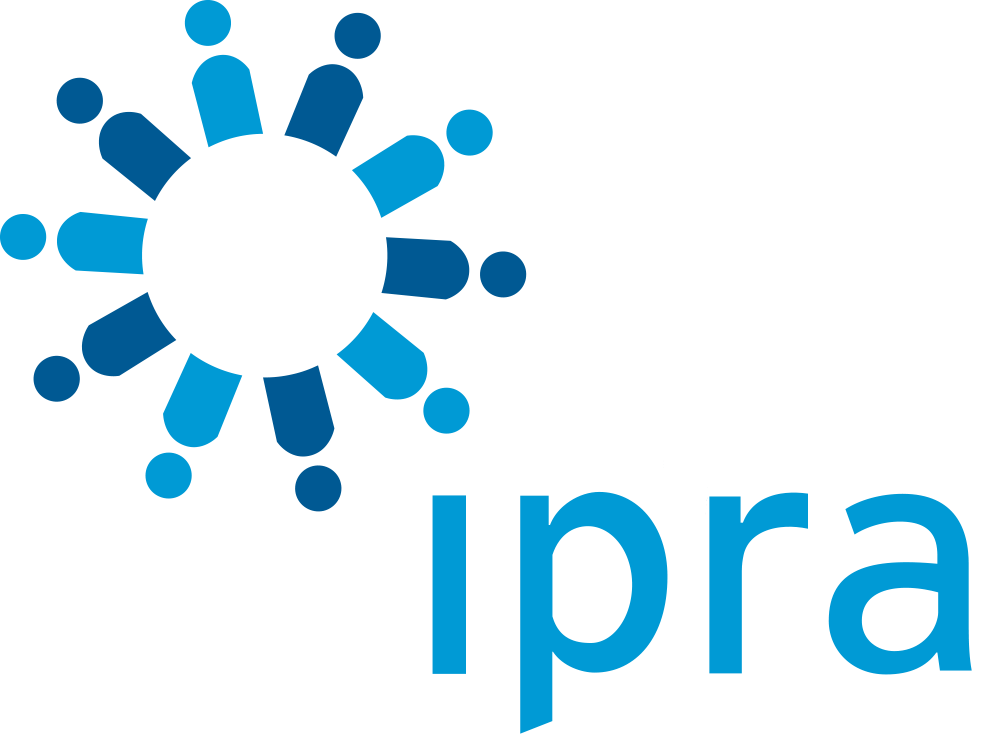ITL #403 Finding inspiration in disruption moments: a new era of stakeholder engagement
3 years, 7 months ago
(Comments)
Remote working and digital communications are not a block in building bridges. They are the bricks that support them. By Francesca Concina.
“It is not that we have little time, but we waste a lot.” - Seneca, De Brevitate Vitae
Coronavirus is hitting the whole world, spreading waves of covid-19 through countries. The virus knows no borders and is linked to human behaviors. People’s relations changed forever.
The social-cultural and economic paradigm we were living by before will not be reestablished again, whether we like it or not. And it is not only because of the pandemic. The reason is deeper, and it is rooted inside people’s attitude towards everyday life.
In most western countries, people look at time, space, priorities from a different perspective.
“Why do I have to live in a small apartment in this foggy city and spend most of my time in an ugly-dark office, when I could enjoy my days in the countryside working from a sunny house close to my family.” Sound familiar?
Similar doubts apply to buying products, choosing favorite brands, deciding the influencer to follow, or the TV show to watch.
The covid-19 pandemic is shaping a new mindset, new values, new rules and roles of relating with and between people; people and organizations; people and brands.
We, as professionals working with people’s relations, need to develop a new mindset as well. A new "stakeholder relationships mindset" that takes into account not only the channels our publics are using – in a meaningful way – but also these new behaviors.
Remote stakeholder engagement, let’s take on the challenge
Who is your public? My rule is ‘Map, listen, understand, and then relate.’ Pretty straightforward, and easy to do remotely as well. But only if you are ready to take on the challenge of finding inspiration and a positive attitude in everything you do.
It requires time, but it pays back. It works with digital channels and using new technologies, too.
We all know the best way to build and maintain relations is in person, but now it is time to change and to move on. Our strength as PR professionals is having a deep knowledge of social sciences. We are expert on how to identify, understand, decode and interpret people and their words, attitude, mood. Now we need to choose the best digital tools to support us in creating maps, profiling (I usually do not like this word, but here it can give the idea of understanding deeply the person you are going to establishing a relation with), and listening to conversations on the topics we are interested in, or our public is.
Of course, this will have to be tailored for the client we are working with, the specific objectives we have, the analysis we are about to perform. Let’s use these tools meaningfully before approaching the public(s), and, at the same time, let’s be ready to understand which channel is the best to start, or to continue, our conversation.
Internal Communication, the ‘magic tool’
Communication and Public Relations have never been so fundamental as they are now for the survival of any organization. PR professionals have to maintain their role of ‘people who are building bridges’ between the company and all its stakeholders.
We are the facilitators of internal communication, making it easy for the C-levels to talk with all the employees, and vice-versa. At the same time, we are the ones who can explain what is going on internally to external audiences, accurately and strategically. As Professor Giampietro Vecchiato, from University of Padua, says, “A company communicates outside what it is inside.”
These are exactly the multiple bridges I am talking about. Remote working and digital communications are not a block in building our bridges. They are the bricks that support them.
If we are smart enough, we can use creative collaboration tools to include as many employees as possible in the communication process. Ideation and co-creation platforms like be-novative or Miro can support us in creating any size of teamwork opportunities within groups of any size, based on different goals (i.e. Briefing – before defining what to do, ask different business units what their priority is; Creativity – when creating a PR campaign, ask for their opinion; Problem Solving – when we are not able to find a solution by our own, ask the help of a selected group; and so on.)
Internal communication, not only at C-level, is ‘the magic tool’ to work with to engage people, share values and ideas, support and include them into the process of being part of the organization.
Keep building bridges
While making sure that our internal communication is stable, we should also focus on the external. In a perfect world, both have to be supervised at the same time. But in a world dominated by an ‘all-digital crisis’, my suggestion would be look at what's happening inside first (How are your employees – health, mood, feelings, where are they working from? How is their mood towards your brand?) before shifting your attention to the outside.
I have seen so many unexpected internal issues in the past months – especially among institutions – I could write a book about them.
We, craftsmen and craftswomen of relations
External stakeholders are still a priority. They are so important that I would suggest you include some of them in your crisis team, and also involve them in the process of defining the issues map, which should be updated at least every week. I would optimize the use of remote channels to amplify and integrate the organization’s presence into their ‘life’ without being perceived as intruding.
How? The rule ‘Map, listen, understand, and then relate’ is always valid.
I will also add: stakeholders are people. Does it sound obvious? Sometimes, it is not.
Even if there is a screen, an email, a chat, you are still doing the same one-on-one in-person job.
Always switch your email chat to a video call and allocate a defined time (time is the new gold) and shared agenda. Suggest a 15-minute ‘coffee meeting’ – and turn it into a real coffee on both sides!
This is the digital opportunity to talk face-to-face and solve, build, create, craft our wonderful job.

The Author
Francesca Concina
Francesca Concina is a strategic communication professional with international experience in stakeholder relations and crisis management. She is CEO and Founder of Inspiring People Relations, a strategic communication agency based in Milan, Italy.
mail the authorvisit the author's website
Forward, Post, Comment | #IpraITL
We are keen for our IPRA Thought Leadership essays to stimulate debate. With that objective in mind, we encourage readers to participate in and facilitate discussion. Please forward essay links to your industry contacts, post them to blogs, websites and social networking sites and above all give us your feedback via forums such as IPRA’s LinkedIn group. A new ITL essay is published on the IPRA website every week. Prospective ITL essay contributors should send a short synopsis to IPRA head of editorial content Rob Gray emailShare on Twitter Share on Facebook


Comments